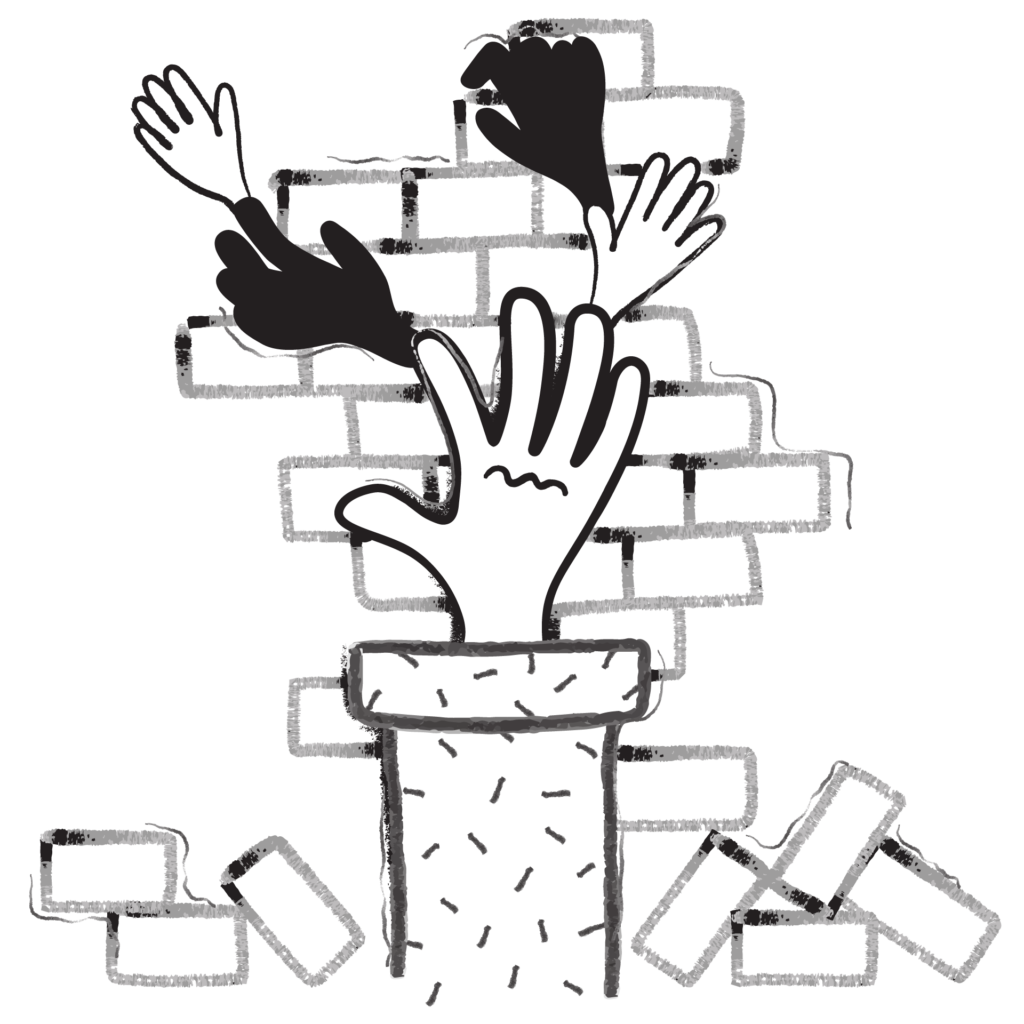What is Anxiety?
Anxiety Disorder manifests in a vast variety of ways. Cases of anxiety in children and teens have been on the rise worldwide. Since the pandemic, figures have doubled. Unsurprisingly, anxiety is triggered by a sense of unpredictability, feelings of insecurity and lack of control.
TELL ME ABOUT ANXIETY DISORDERS
Refusal to participate in age-appropriate activities or school refusal, can signal extreme anxiety. With an anxiety disorder, the worry doesn’t just go away. It gets worse over time.
Anxiety is also often hidden beneath confusing and challenging behaviours: anger, avoidance, procrastination, irritability, or negativity. Inwardly, a child is usually struggling with feelings of helplessness, shame, embarrassment, regret and fear.
DOES MY CHILD HAVE AN ANXIETY DISORDER?
Stress and worry are a part of everyday life. Excessive, irrational and uncontrollable worry over an extended period of time is more than circumstantial. Anxiety often co-occurs with depression, eating disorders and ADHD.
symptoms of anxiety can present as:
Generalised Anxiety Disorder (GAD). Extreme worry about ordinary things such as family, relationships, death and natural disasters, performance and punctuality. This also shows up as perfectionism, self-criticism and regular bids for approval.
Separation Anxiety. Excessive fear, misery or anxiety away from home or parents. The child feels highly distressed and is not soothed or distracted by the new environment or caregivers.
Social Anxiety. Intense fear of social and performance situations. Socialising with peers feels scary. A child may avoid eye-contact, speak softly or mumble, appear isolated and be overly concerned with being embarrassed or evaluated. Selective mutism is a severe form of social anxiety.
Phobias. A specific phobia of something that is not actually dangerous and that persists for at least six months. Common phobias include fear of dogs, the dark, heights, storms, medical procedures, water and blood.
Panic Attacks. Sudden and unexpected anxiety attacks with feelings of imminent danger or loss of control. Physiological symptoms include sweating, trembling, rapid heartbeat, chest pain, nausea or tingling sensations.
Obsessive Compulsive Disorder (OCD). Unwanted and intrusive thoughts. Anxiety is managed through repeated rituals and routines such as handwashing, arranging or counting objects.
Post-Traumatic Stress Disorder (PTSD). Usually follows the experience or witness of a life-threatening or traumatic event. Manifestations include flashbacks, nightmares, insomnia, lack of concentration and jumpiness.
WHAT ARE THE TELL-TALE SIGNS?
Physical Symptoms. Anxiety can manifest in physical symptoms. Headaches, muscular tension, restlessness, lethargy, rapid heart rate and stomach aches are common. The physical feelings are very real to the child and should be respected. Difficulties focusing and sleeping are also the result of major worry. Children who struggle with panic attacks will have a severe bodily reactions such as dizziness, heart palpitations and breathlessness.
Behavioural Struggles. Children with anxiety struggle to self-regulate. The part of the brain responsible for managing intense emotions is under-developed. When faced with their fear, defenses are easily triggered. They respond either by going into fight or flight (hyper-arousal) or freeze (hypo-arousal). The one state leads to explosive anger, defiance, defensiveness and panic. The other to numbness, inability to think and feelings of shame.
Avoidance. Anxiety interferes with activities a child had previously engaged in or that might be expected for their age and development. They may also feel trapped and get stuck between not wanting to miss out but being too fearful to engage. Rationalizing and reassuring words won’t register. As crippling as their anxiety might seem, supportive and small steps towards facing their fears gives the brain a chance to practice calming and soothing itself.
WHY DOES MY CHILD HAVE ANXIETY?
Anxiety is 30% hereditary. A parent with anxiety early in life, has a greater chance of passing it on. Either way, anxiety is highly contagious and can be unconsciously transferred. It is said that families so profoundly affect each other’s thoughts, feelings, and actions that it seems as if people are living under the same “emotional skin.”
Environment and responsive caregiving can play a big role in helping soothe the anxious mind. With awareness and help, anxiety can be healthily managed, and defences less easily triggered.
Some anxiety is normal and serves an important survival function sending off alarm bells when we feel we’re under threat or we’re in danger. Stressful events – natural disasters, sickness, relocation, abuse, loss and divorce – can trigger an anxiety disorder. Sometimes this only develops 2 to 4 years after the traumatic event.
How are Anxiety Disorders Treated?
Anxiety is part of life. There are many fun tools and techniques to help manage debilitating levels of anxiety. Short-term, medication can support that process.
Treatment for Anxiety usually includes:
Parenting Support. Management of one’s own anxiety is key to your child’s progress. In an unpredictable world, embracing anxiety and helping your child to face their difficult feelings is a powerful resilience tool.
School Support. Access to supportive adults can be a lifeline. A School Counsellor or teacher who can validate feelings gives the anxious mind a way through the mental chaos. Class relaxation practices and outdoor exercise benefit all kids with high or low anxiety.
Therapy. Intervention such as Cognitive-behavioural therapy (CBT) teaches skills and techniques to reduce anxiety, and replace thinking patterns. Acceptance and Commitment Therapy (ACT) uses strategies of acceptance and mindfulness.
Medicine. Psychiatrists with knowledge of proven treatments can prescribe medication. No medication is risk free and may increase suicidal thoughts in a few. A combination of medication and therapy seems to be most effective.

Want to know more?
MatchMe Therapy is on a mission to help families. We’re just getting started so please get in touch if you want to learn more about what we want to do and how we hope to do it.
